
PLC and HMI Development with Siemens TIA Portal. Develop PLC and HMI programs using standard methods and structured approaches with TIA Portal V17 Liam Bee
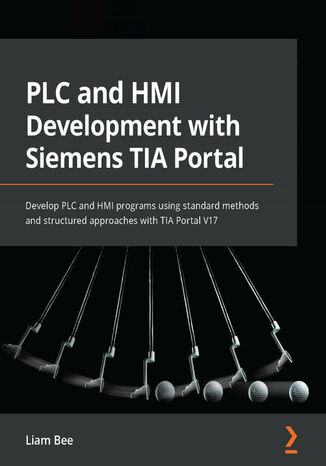



- Autor:
- Liam Bee
- Wydawnictwo:
- Packt Publishing
- Ocena:
- Stron:
- 436
- Dostępne formaty:
-
PDFePub
Opis
książki
:
PLC and HMI Development with Siemens TIA Portal. Develop PLC and HMI programs using standard methods and structured approaches with TIA Portal V17
The book begins by introducing you to the TIA environment, covering the layout and tools available. Once you’ve got to grips with the environment, you’ll find out how to create hardware to write programs against, including adding IO modules and assigning memory for input and output. Next, you'll develop logic in all of the languages that TIA Portal offers, such as Ladder, Function Block Diagram, and Structured Text (SCL) (note that Statement List is not covered as a deprecated language), as well as the newest language, Cause and Effect (CEM). You’ll also discover how to store standard code in libraries, creating a version control system that is easy to manage and aids standard design. Finally, following the PLC design chapters, you’ll learn how to develop HMI applications in TIA Portal’s latest unified hardware.
By the end of the book, you'll be well equipped to use all of the features that TIA Portal V17 offers.
Packt Publishing - inne książki
Dzięki opcji "Druk na żądanie" do sprzedaży wracają tytuły Grupy Helion, które cieszyły sie dużym zainteresowaniem, a których nakład został wyprzedany.
Dla naszych Czytelników wydrukowaliśmy dodatkową pulę egzemplarzy w technice druku cyfrowego.
Co powinieneś wiedzieć o usłudze "Druk na żądanie":
- usługa obejmuje tylko widoczną poniżej listę tytułów, którą na bieżąco aktualizujemy;
- cena książki może być wyższa od początkowej ceny detalicznej, co jest spowodowane kosztami druku cyfrowego (wyższymi niż koszty tradycyjnego druku offsetowego). Obowiązująca cena jest zawsze podawana na stronie WWW książki;
- zawartość książki wraz z dodatkami (płyta CD, DVD) odpowiada jej pierwotnemu wydaniu i jest w pełni komplementarna;
- usługa nie obejmuje książek w kolorze.
Masz pytanie o konkretny tytuł? Napisz do nas: sklep@helion.pl
Książka drukowana








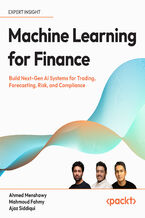

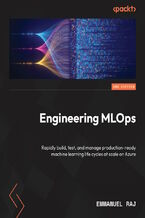
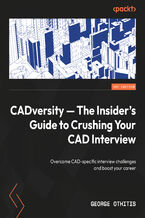
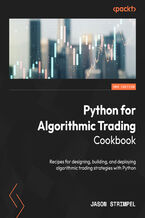
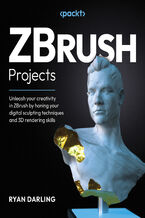
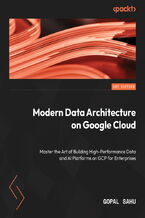
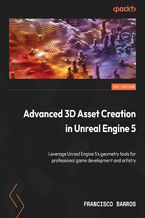
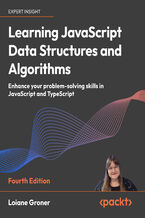
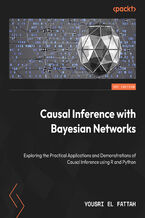
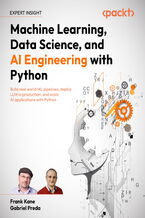



Oceny i opinie klientów: PLC and HMI Development with Siemens TIA Portal. Develop PLC and HMI programs using standard methods and structured approaches with TIA Portal V17 Liam Bee
(0)